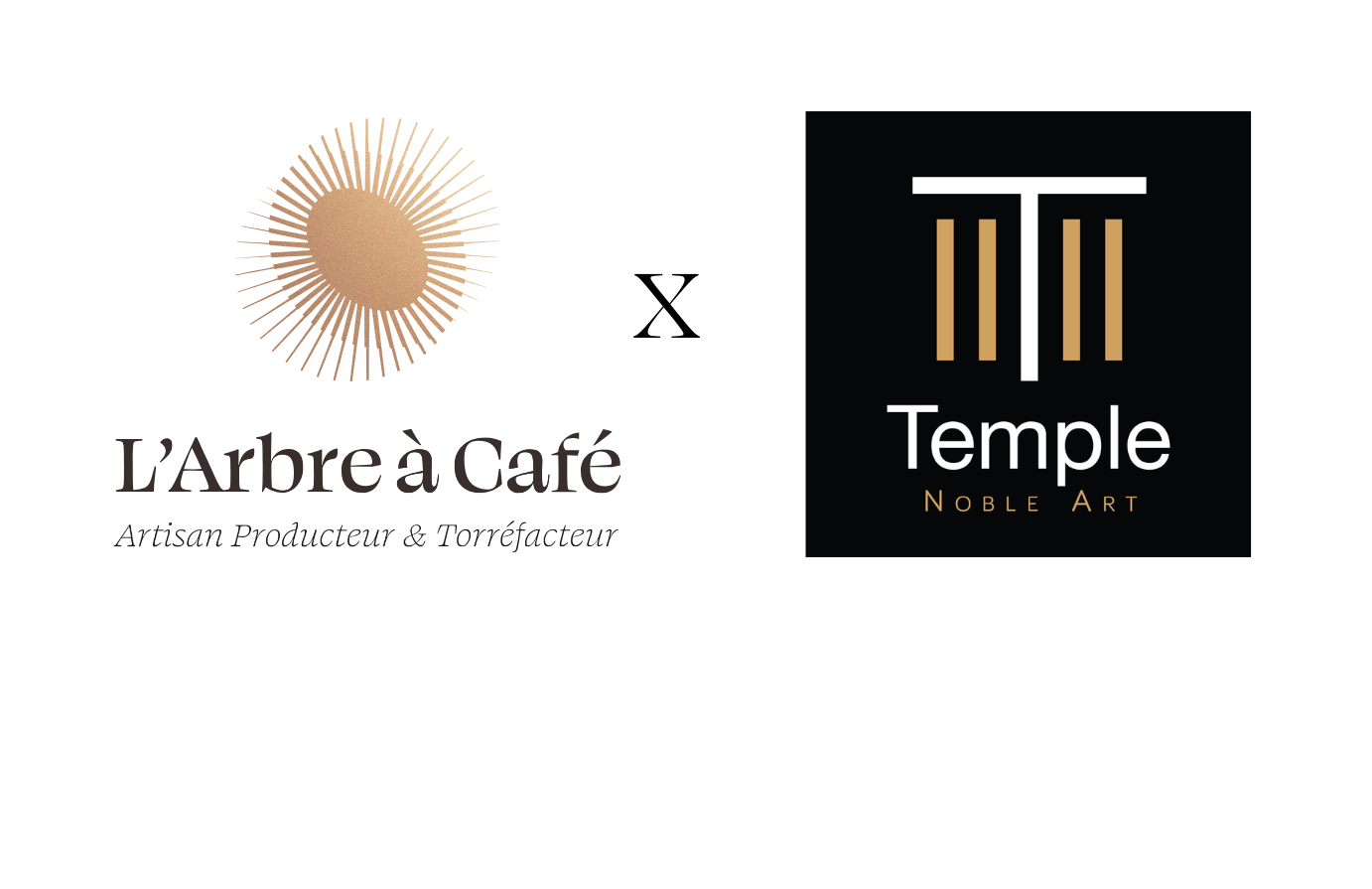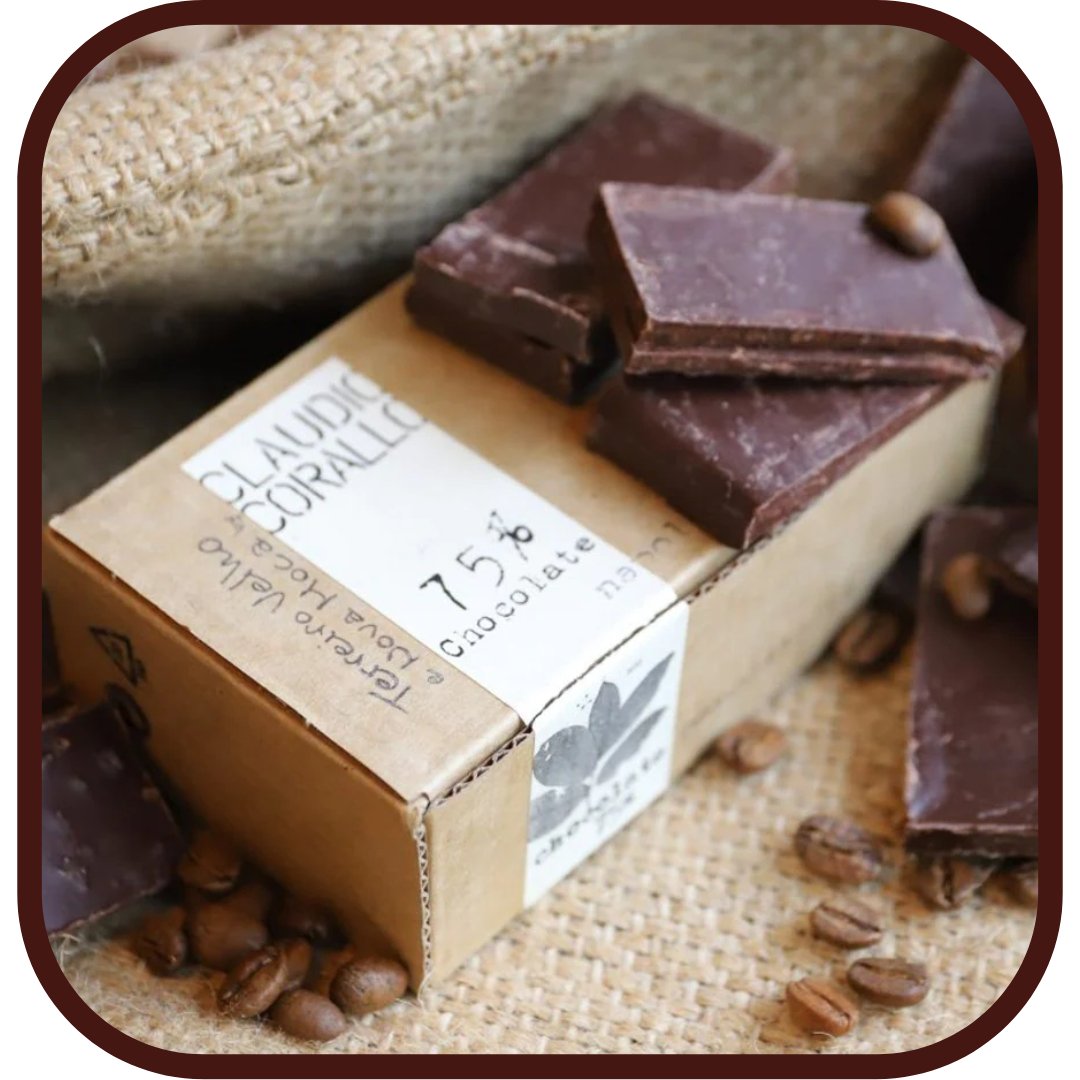For a long time, it was believed that caffeine and coffee formed an inseparable couple, that they were a sine qua non condition for each other. But no! Caffeine does not make coffee and coffee does not make all caffeine!
First, because caffeine, an alkaloid, isolated in the early nineteenth century is present in more than sixty plants and foods across the planet. It is found in tea as well as in cocoa or guarana. It is sometimes called theine, which seems less powerful and wild than "caffeine" and yet it is the same. It is not called "cocoa" (yet) but it would certainly be greedy.
Secondly, because there are almost more species of coffee (coffea) without caffeine than there are with. Indeed, the coffee plants producing caffeine are not that numerous.
On the other hand, it is true that all the species consumed, namely Arabica, Canephora and Robusta, or Liberica and Excelsa are caffeinated and sometimes strongly.
However, caffeine is at the same time an engine of consumption. We drink coffee for its caffeine dose. But also a brake. We give it up when we are sensitive to palpitations. We stop drinking coffee at a certain time. We consume a certain number of coffees every day until our body tells us that it has had its dose ... of caffeine. So much so that studies have shown that when you increase the caffeine content of your coffee, you mechanically decrease the number of coffees you drink during the day. It would seem that there is a caffeine regulator in each of us.
So how do you drink more coffee? That's the crucial question!
How to drink it in the evening like an herbal tea? How to finish off with a digestif accompanied by a good coffee? By choosing the least caffeinated coffees.
Schematically, Arabica contains up to half as much caffeine as Robusta/Canephora.
If you want to reduce your caffeine, or increase your coffee consumption, then avoid Arabica and Robusta blends, or even the rare 100% Neapolitan Robusta. The same goes for Liberica and Excelsa.
But not all Arabica varieties are equal, some contain 1.2% while others 0.6. The surest way to know the level of caffeine in your cup is therefore to know which coffee, which variety you drink. Two 100% Arabica blends can have caffeine levels that can be doubled!
How do we know the caffeine content of a coffee? By analyzing it. Caffeine is expressed in %, or the number of grams per 100g of coffee. Schematically, Arabicas contain from 0.6 to 1.4 g., Canephora/Robusta from 1.6 to 3.4 g,
What are the least caffeinated varieties?
These are the non-hybrid varieties. Indeed, most commercial coffee varieties are hybrids or crosses of an Arabica variety with a Robusta/Canephora and more rarely with a Liberica. Robusta provides yield and resistance to many diseases that attack Arabica. Thus, Castillo, Iapar, Colombia, Parainema, Catimor, Sachimor etc.... are Arabicas with more caffeine than others. Just like Kent or SL28 with Liberica.
On the contrary, non-hybridized varieties have a low caffeine content: Typica, Bourbon, Caturra, Geisha, Blue Mountain, Maragogype, Pacamara, Kona, Villa Sarchi, Ethiopian varieties etc. .....
Among these, the champion of all categories is obviously the Bourbon Pointu, called Coffea Laurina. It belongs to the Bourbon family and by a natural mutation that occurred on the island of Reunion, it contains very little caffeine, between 0.5 and 0.7%.
Beyond the choice of the variety, it would be necessary to choose the terroirs, but here, the specialists did not push enough their research in this field to know which type of soil allows the plant to express the caffeine.
It should be noted that roasting, contrary to what one may read, has no influence on the caffeine content. Indeed, caffeine does not degrade. Raw, cooked or roasted, your coffee will have the same absolute caffeine content.
Finally, it is important to consider the type of preparation in your choice, unless you bite directly into the bean in the morning. Many factors influence the extraction of caffeine: the brewing time, the quality of the water, the grind etc... but roughly speaking, as caffeine is water repellent, the longer your coffee is brewed, the more caffeine it will contain. A filter coffee that brews for a long time (3 to 4 minutes) is theoretically more caffeinated than an espresso in which the coffee only stays in contact with the water for a short time (25 to 30 seconds). All things being equal, an espresso is much less caffeinated (around 40 mg.) than a filter coffee (between 60 and 120 mg.).
In summary:
If you are sensitive to caffeine, choose low-caffeine coffees like :
You are not sensitive to caffeine at all:
You can't drink caffeine:
Stop chocolate and tea, forget sodas, and rush to our organic SwissWater Decaffeinated!
sources:

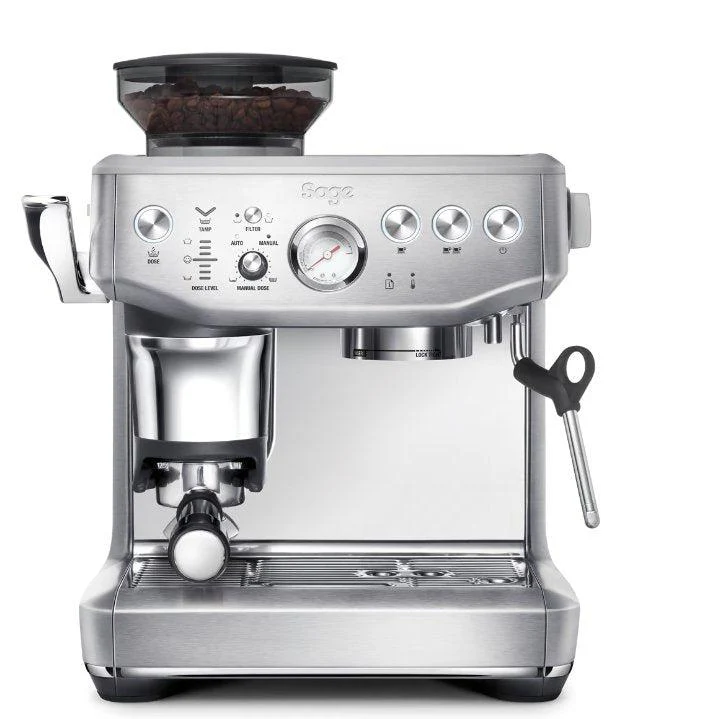

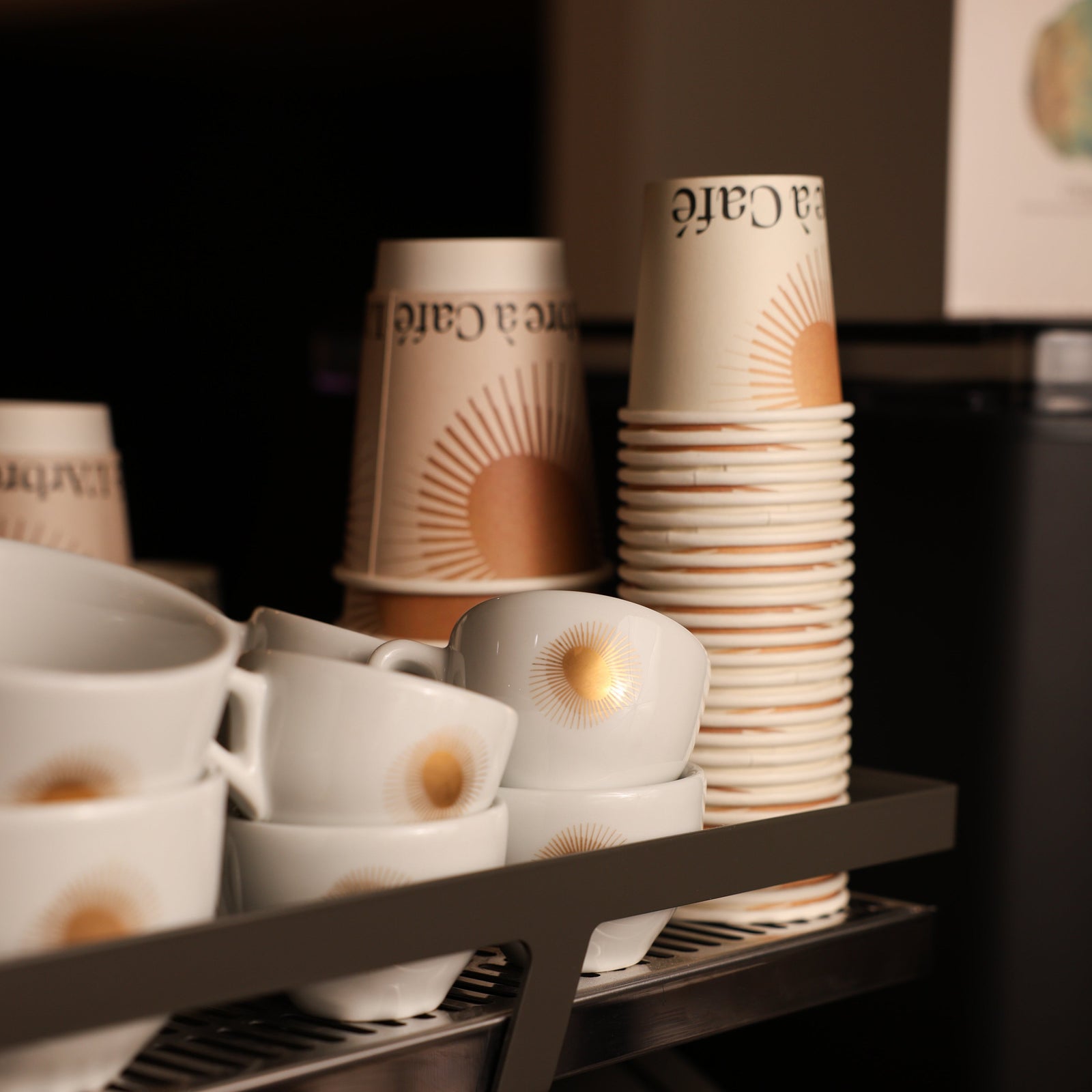
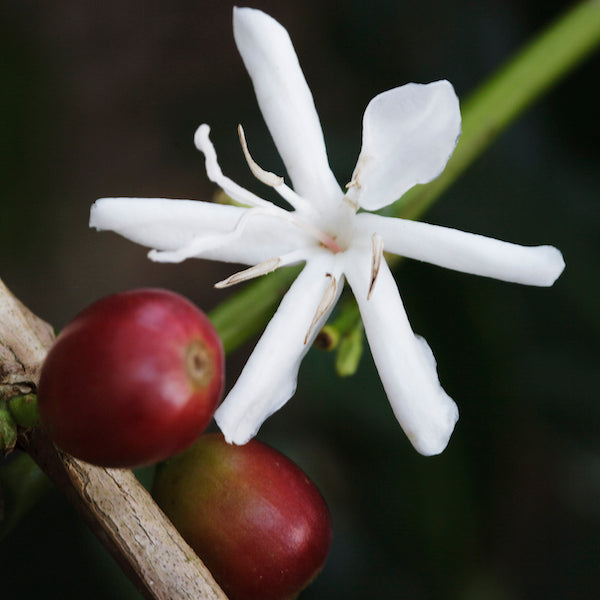
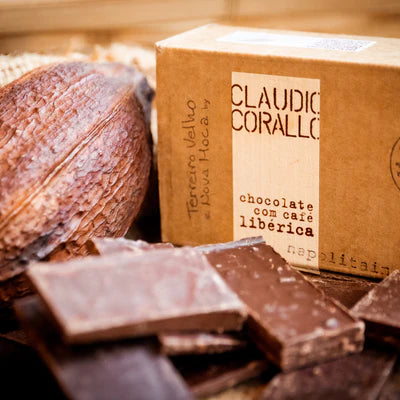
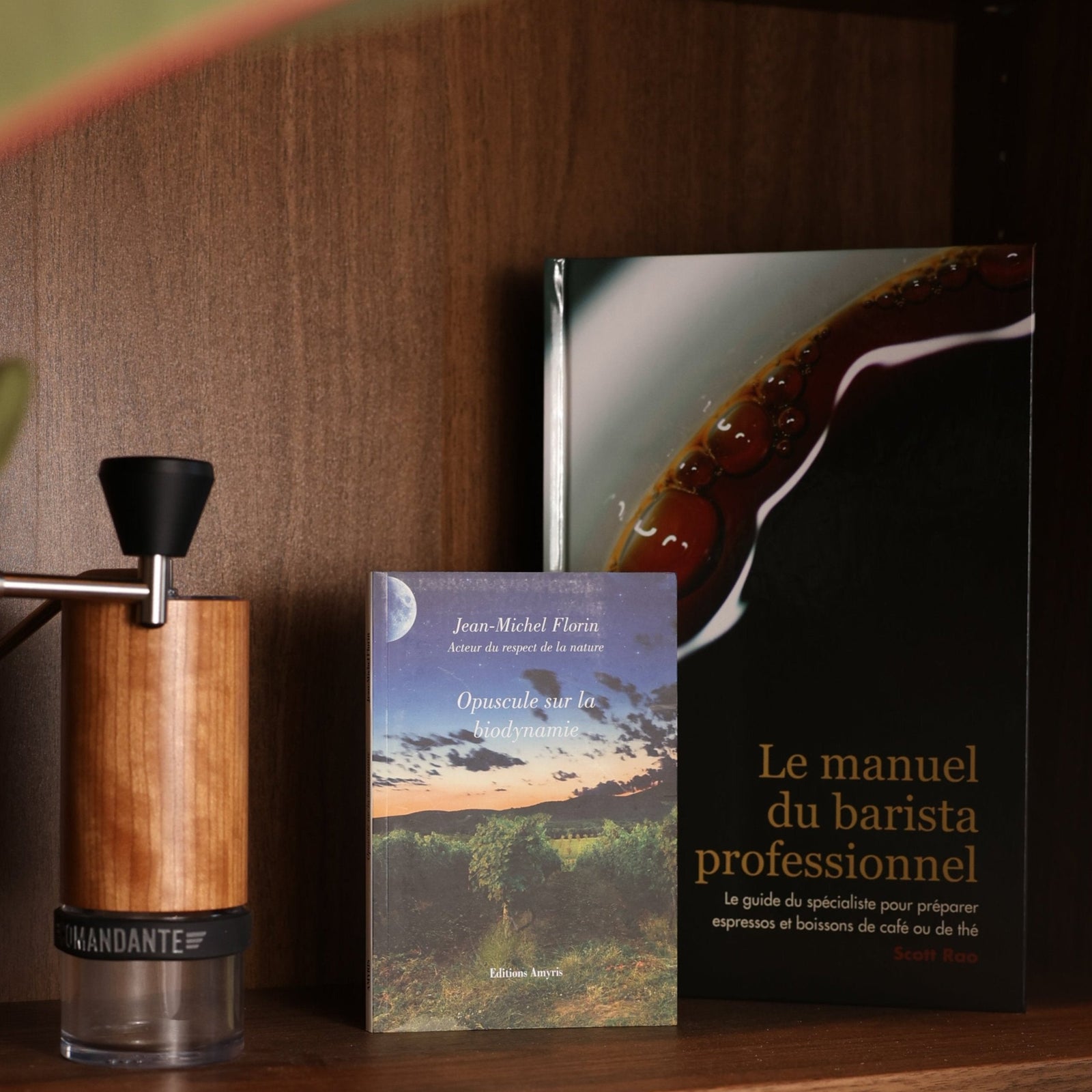
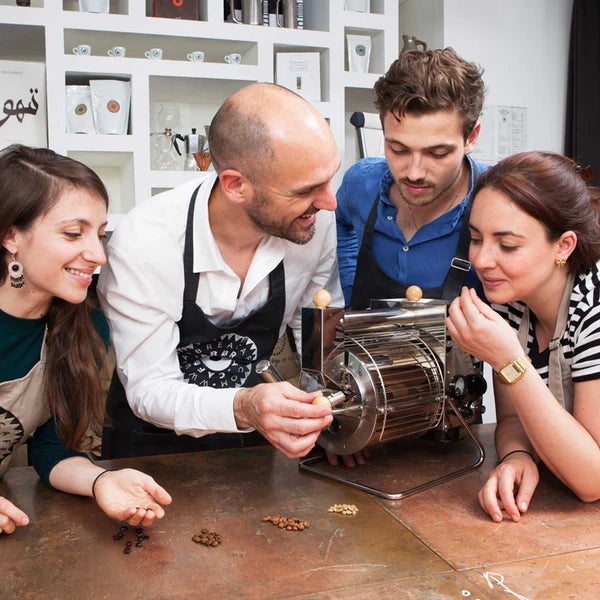
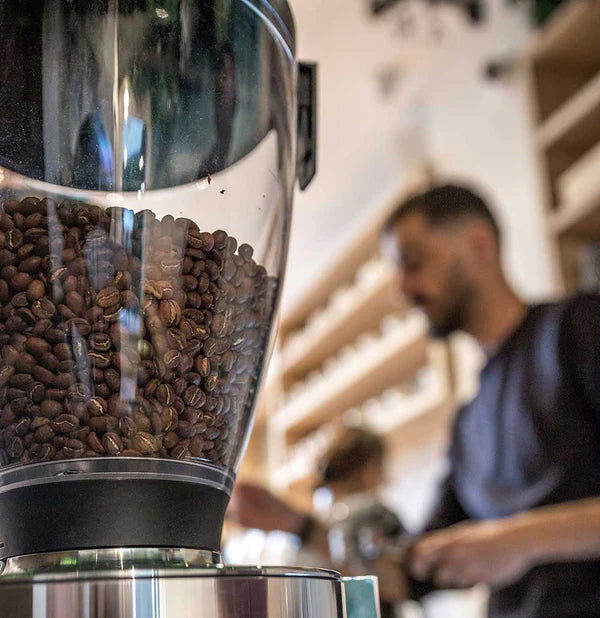
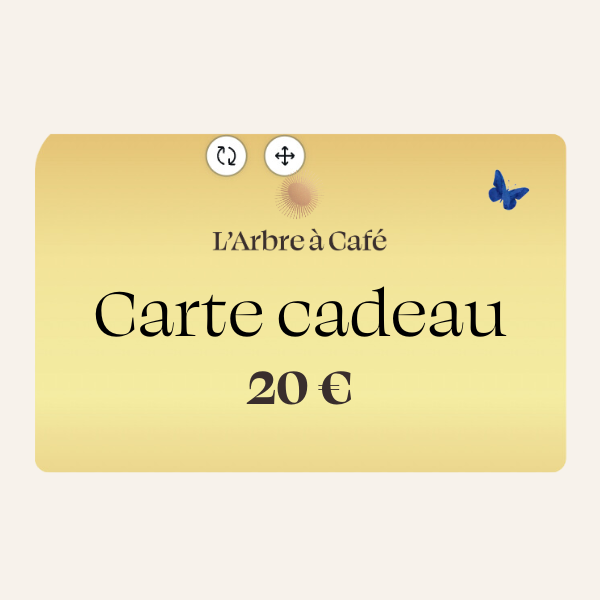
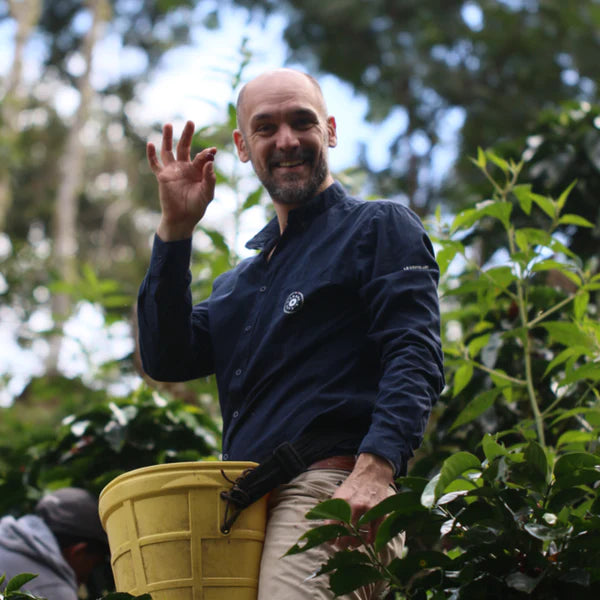
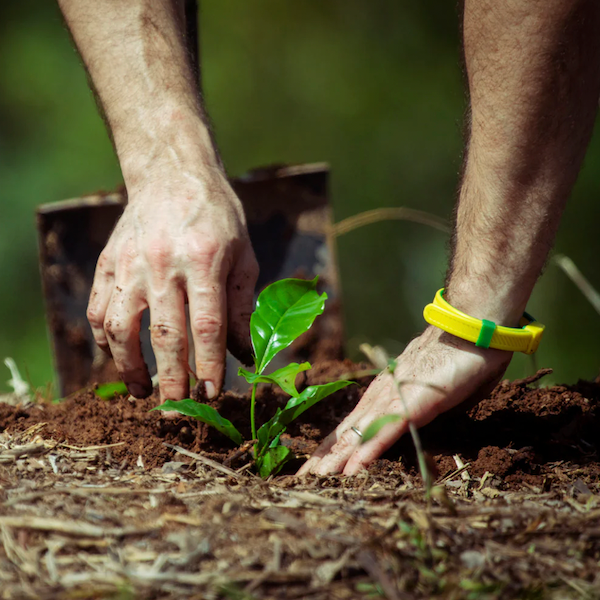
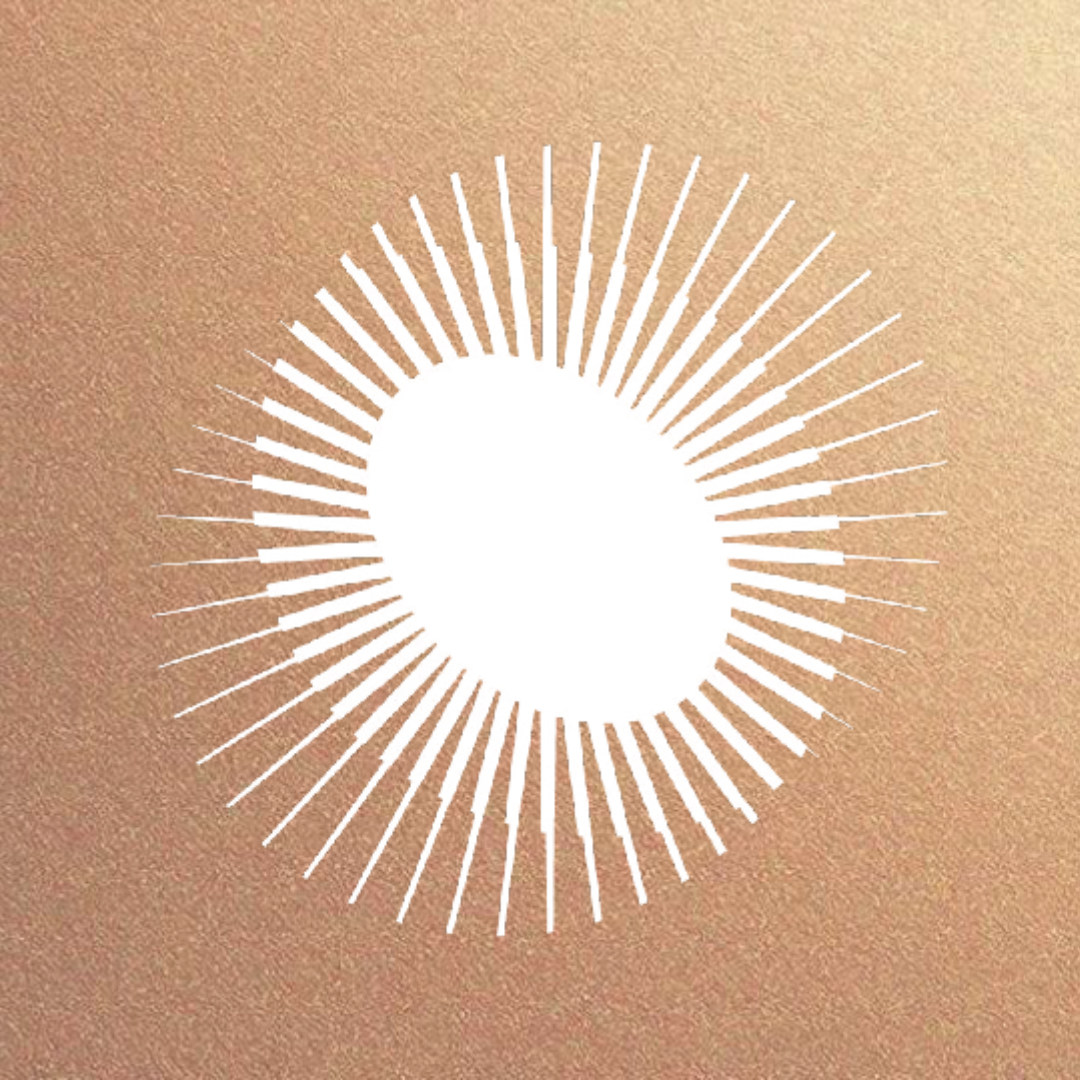
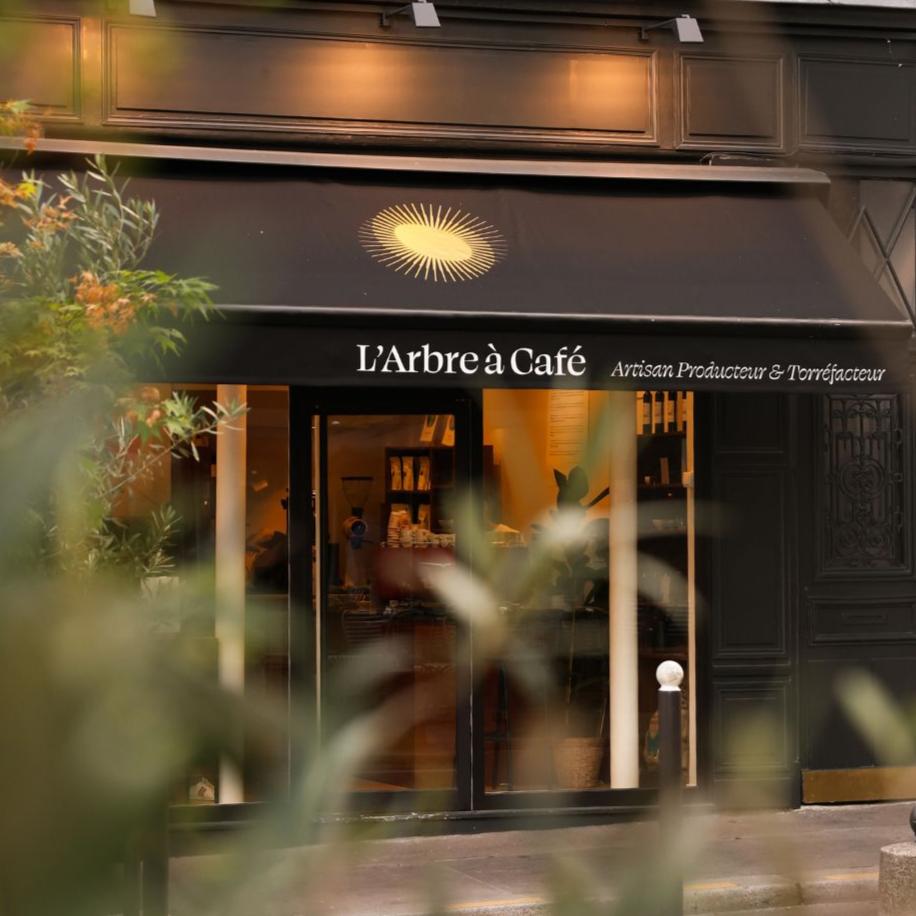
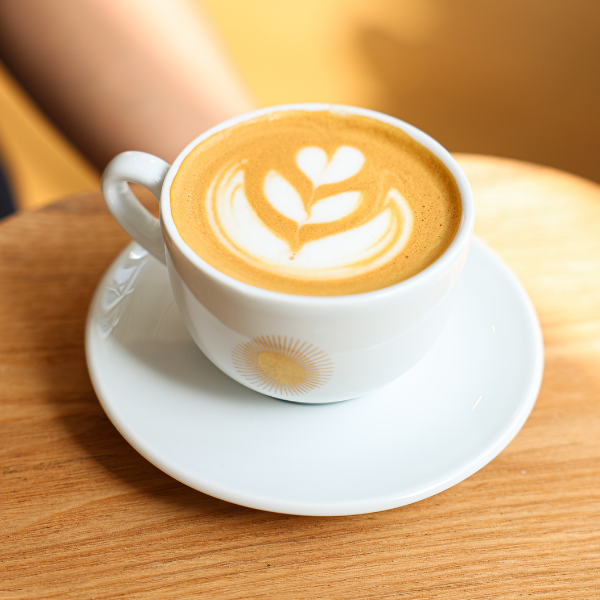
![[PRACTICE GUIDE] - All you need to know about low-caffeine coffees - L'Arbre à Café](http://www.larbreacafe.com/a/l/en/cdn/shop/articles/guide-pratique-tous-savoir-sur-les-cafes-peu-cafeines-666709_1600x.jpg?v=1661882678)
